Texture in Art: How to Add it to Your Paintings
Have you ever stood in front of a painting and felt an urge to reach out and touch it? That’s the power of texture in art! It’s not just about what you see; it’s about what you feel. Texture can transform a flat canvas into a dynamic experience, inviting viewers to interact with the artwork on a deeper level. In this article, we’ll explore the importance of texture in art, dive into different types of texture, and share some exciting techniques to incorporate texture into your paintings. Whether you're a seasoned artist or a curious beginner, understanding texture can elevate your work to new heights!
Understanding why texture matters in art can elevate your paintings. Texture adds depth, emotion, and complexity, making your artwork more engaging and inviting to viewers, enhancing their overall experience. Imagine walking through a gallery where every piece looks flat and lifeless. Now, picture a vibrant painting that draws you in with its rich, tactile surface. That’s the magic of texture! It creates a dialogue between the artwork and the viewer, inviting them to explore and interpret the piece in their own unique way.
There are various types of texture, including actual and implied texture. Recognizing these types helps artists choose the right approach to create the desired effect in their artwork. Actual texture refers to the tangible surface quality of a painting, while implied texture is the illusion of texture created through artistic techniques. Understanding these differences can be the key to unlocking your artistic potential.
Actual texture refers to the tangible surface quality of a painting. Artists can create actual texture using various materials, adding a three-dimensional aspect that invites touch and interaction. Think of a painting that uses sand, fabric, or even metal to create a surface that you can feel. This kind of texture can turn a simple painting into a sensory experience. It’s like the difference between reading a book and listening to an audiobook; one engages your senses in a way that the other simply can’t.
Mixed media allows artists to combine different materials, creating unique surface textures. This technique can enhance the visual appeal and expressiveness of the artwork, making it stand out. By layering paint with paper, fabric, or found objects, artists can create a rich tapestry of textures that captivates the viewer’s eye. The beauty of mixed media is that it encourages artists to break the rules and experiment, leading to unexpected results that can be both thrilling and satisfying.
The impasto technique involves applying thick layers of paint to create a textured surface. This approach adds depth and dimension, making the artwork more dynamic and visually striking. Imagine a landscape painting where the trees seem to leap off the canvas, or a portrait where the subject’s features are accentuated by the thick application of paint. The impasto technique not only enhances the visual impact but also adds a physical presence to the artwork, creating a connection that is both visual and tactile.
Implied texture is the illusion of texture created through artistic techniques. Artists can use brushstrokes, color, and shading to suggest texture without physically altering the surface. This technique can be incredibly powerful, allowing artists to convey a sense of roughness or smoothness without adding any actual materials. It’s like a magician pulling a rabbit out of a hat; the illusion captivates the audience and leaves them wondering how it was done!
There are numerous techniques artists can employ to add texture to their paintings. Exploring these methods can help enhance your artistic expression and elevate your work. From traditional methods to modern innovations, the possibilities are endless!
Dry brushing is a technique where a dry brush is used to apply paint, creating a rough, textured effect. This method can add subtlety and depth to your artwork. It’s like the gentle touch of a feather, softly brushing across the surface to create a whisper of texture that draws the viewer in.
Layering different colors and textures can create a rich, complex surface. This technique encourages experimentation and can lead to unexpected and exciting results in your paintings. Think of it as building a cake; each layer adds a unique flavor and texture, contributing to the overall experience. The more layers you add, the more complex and intriguing your artwork becomes!
- What materials can I use to create actual texture? You can use a variety of materials such as sand, fabric, paper, or even found objects. The key is to experiment and find what works best for your artistic vision.
- How can I create implied texture in my paintings? Use brushstrokes, color variations, and shading techniques to suggest texture without physically altering the surface of your painting.
- Is mixed media suitable for beginners? Absolutely! Mixed media is a fantastic way for beginners to explore different materials and techniques, allowing for creativity without the constraints of traditional painting.
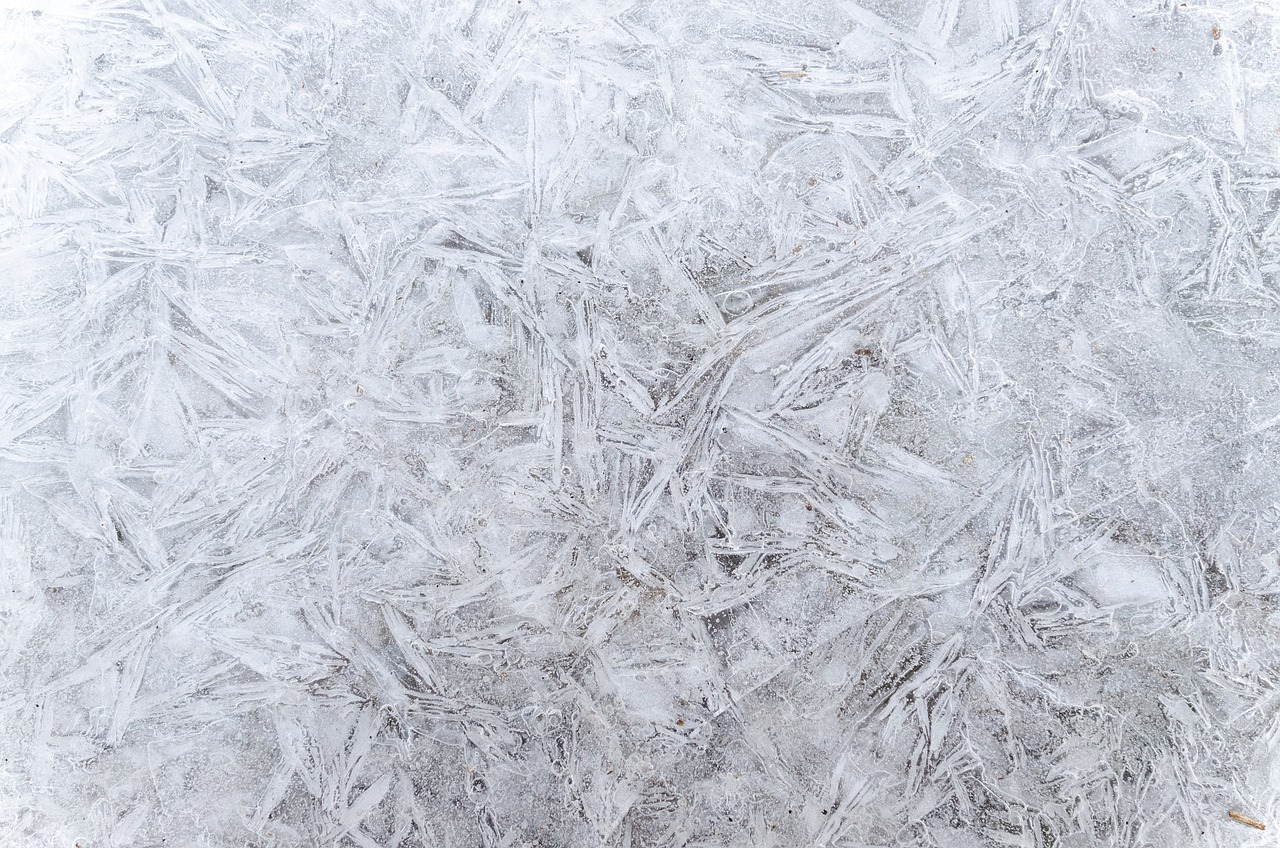
The Importance of Texture in Art
Understanding why texture matters in art can truly elevate your paintings. Think of texture as the spice in your favorite dish; it adds flavor and depth, making the experience much more enjoyable. Without texture, a painting might feel flat and lifeless, lacking the emotional resonance that draws viewers in. Texture adds depth, emotion, and complexity, transforming a simple canvas into a captivating visual journey.
Imagine walking into a gallery where every painting is smooth and uniform. It might look nice, but would it really hold your attention? Probably not! Now, picture a painting with rough, jagged edges, soft swirls, and thick, luscious paint that seems to leap off the canvas. That’s the power of texture! It invites the viewer to explore and connect with the artwork on a deeper level.
Texture can also evoke a wide range of emotions. For instance, a rough, gritty surface might convey feelings of chaos or struggle, while a smooth, flowing texture can suggest calmness and serenity. This emotional connection is crucial in art because it encourages viewers to engage with the piece, sparking their imagination and evoking personal memories or feelings.
Moreover, texture can guide the viewer's eye and create a sense of movement within the composition. By using different textures, artists can lead the viewer through the painting, creating a visual pathway that enhances the storytelling aspect of the artwork. This interplay between texture and visual flow is essential for crafting a compelling narrative within your paintings.
To illustrate the significance of texture, consider the following points:
- Enhances Visual Interest: Textured surfaces can catch light in unique ways, adding an extra layer of visual intrigue.
- Creates Emotional Depth: Different textures can evoke different feelings, making the artwork resonate on a personal level.
- Encourages Interaction: Actual textures invite viewers to touch and engage with the artwork, creating a more immersive experience.
In conclusion, incorporating texture into your paintings is not just a stylistic choice; it’s a vital component that can transform your artwork from ordinary to extraordinary. By understanding and utilizing texture, you can create pieces that not only look stunning but also resonate with your audience on multiple levels. So, the next time you pick up a brush, remember to consider the texture—it just might be the secret ingredient that takes your art to the next level!
1. What is texture in art?
Texture refers to the surface quality of a painting, which can be actual (tangible) or implied (visual). It plays a crucial role in enhancing the overall experience of the artwork.
2. How can I create actual texture in my paintings?
You can create actual texture using various materials, such as sand, fabric, or thick paint applications like the impasto technique.
3. What are some techniques to achieve implied texture?
Implied texture can be achieved through brushstrokes, color variations, and shading techniques that create the illusion of texture without physically altering the surface.
4. Why is texture important in engaging viewers?
Texture encourages viewers to explore and connect with the artwork, creating a more immersive experience that evokes emotions and personal reflections.
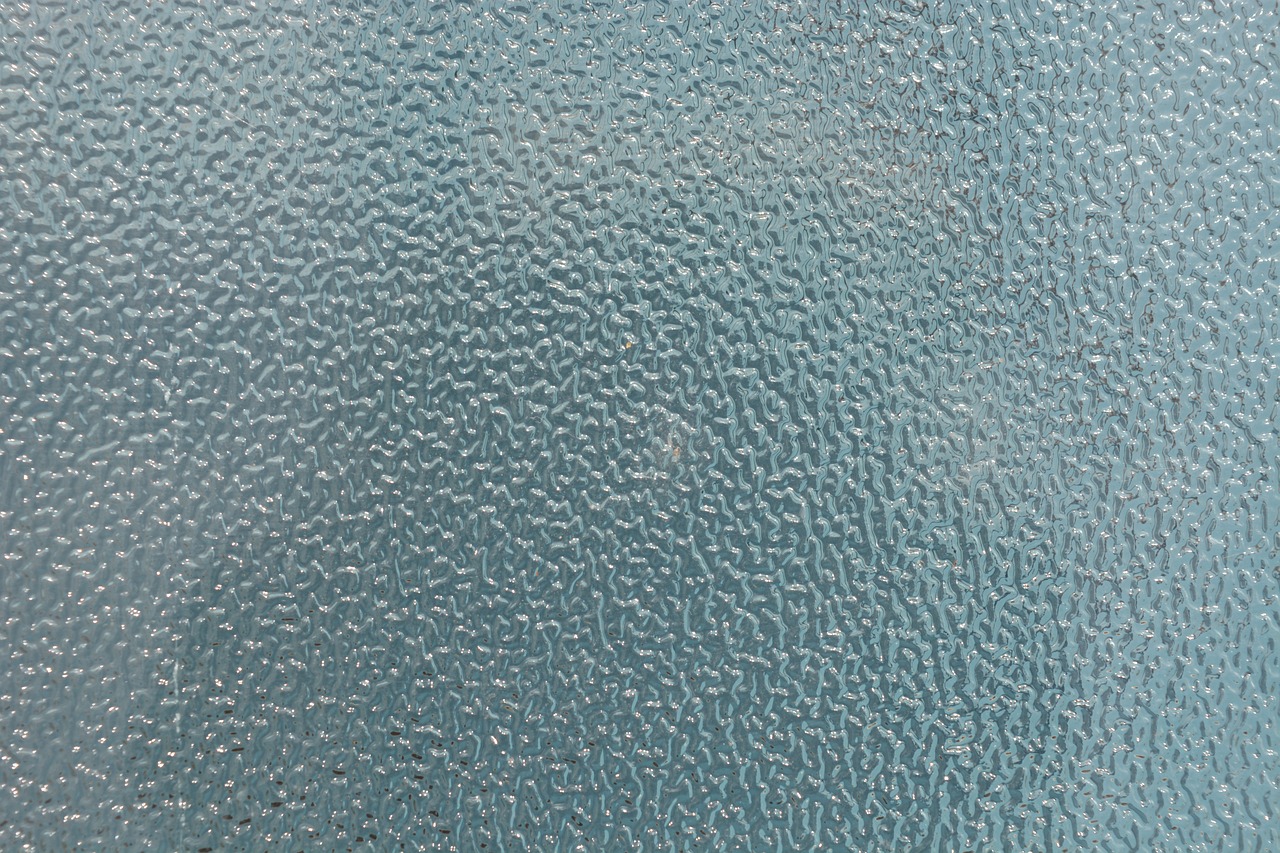
Types of Texture in Painting
When it comes to painting, texture plays a pivotal role in how we perceive and interact with a piece of art. Understanding the different types of texture can truly transform your approach to creating art. Essentially, textures can be categorized into two main types: actual texture and implied texture. Each type serves a distinct purpose and can dramatically alter the viewer's experience.
Actual texture refers to the physical surface quality of a painting. This is the kind of texture you can feel with your fingers—think of a painting that has thick, raised areas where paint has been applied generously. Artists often use various materials to create this tangible quality, which invites the viewer not just to look, but to touch and engage with the artwork on a deeper level. Imagine running your fingers over a canvas that feels like a rugged landscape or a smooth, glassy ocean; the experience is entirely different from merely gazing at a flat surface.
On the flip side, we have implied texture. This is all about the illusion of texture, created through artistic techniques rather than physical changes to the surface. Artists can manipulate brushstrokes, color, and shading to suggest texture that isn't actually there. For instance, a painting of a soft, fluffy cloud might use light and shadow to create the impression of softness, even though the surface remains smooth. This illusion can be incredibly powerful, drawing viewers into the artwork and making them feel as if they can almost touch the textures depicted.
To further illustrate these concepts, let's consider a few examples:
| Type of Texture | Description | Example |
|---|---|---|
| Actual Texture | Tangible surface quality that can be felt | Thick paint applied with a palette knife |
| Implied Texture | Illusion of texture created through technique | Soft clouds painted with smooth brushstrokes |
Recognizing these two types of texture can significantly enhance your artistic choices. As you experiment with your paintings, consider how you can incorporate both actual and implied textures to create a more engaging visual experience. The interplay between these textures can add depth and intrigue, inviting viewers to explore your artwork more thoroughly. So, the next time you pick up a brush, think about how you can blend these textures to elevate your art to new heights!
- What is the difference between actual and implied texture? Actual texture is the physical texture you can feel, while implied texture is the illusion of texture created through artistic techniques.
- How can I create actual texture in my paintings? You can create actual texture by using thick layers of paint, adding materials like sand or fabric, or employing mixed media techniques.
- What are some techniques to create implied texture? Techniques for implied texture include careful brushwork, color gradients, and shading to suggest depth and surface quality.
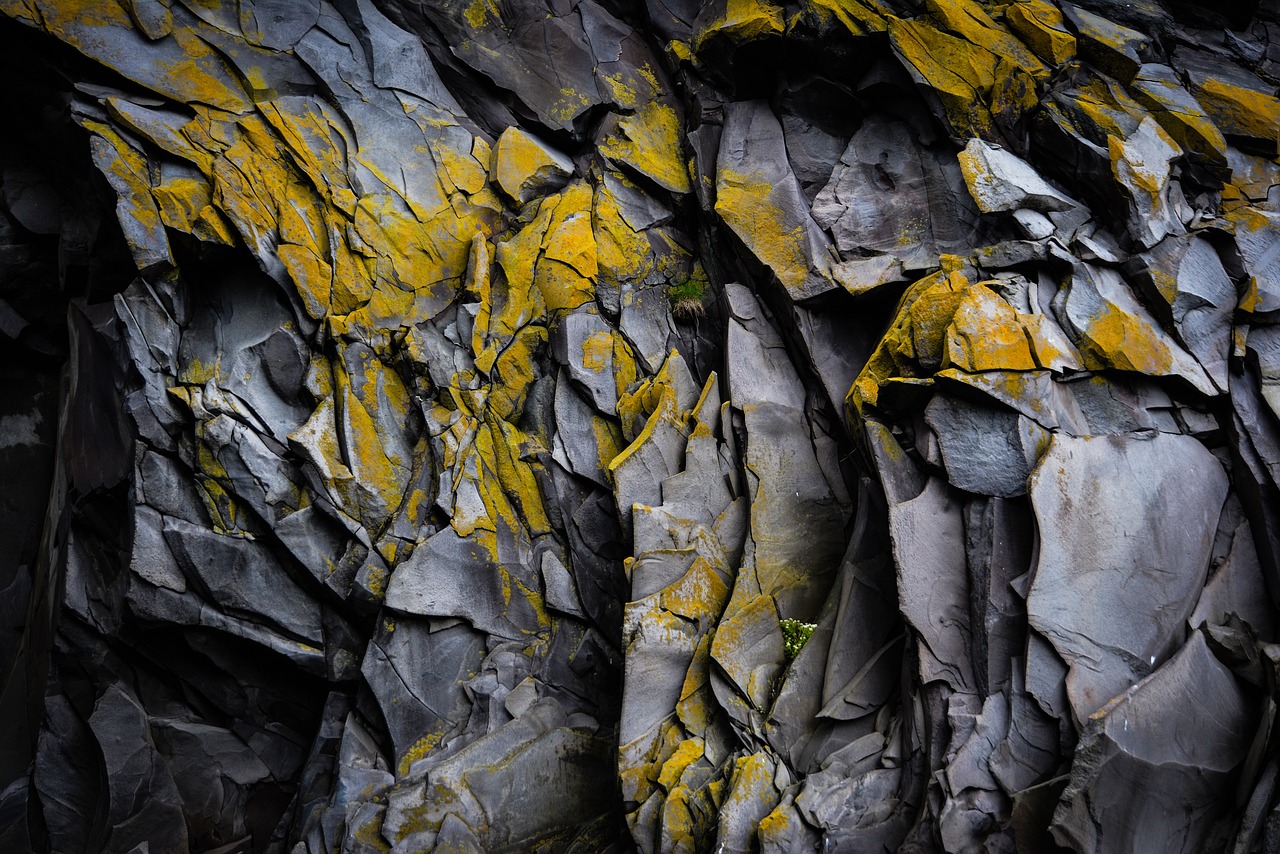
Actual Texture
When we talk about in art, we're diving into the tangible, physical qualities of a painting that you can actually feel. Imagine running your fingers over a canvas and experiencing the bumps, grooves, and ridges that the artist has intentionally created. This is the beauty of actual texture—it's an invitation for interaction. Artists have a wide array of materials and techniques at their disposal to achieve this three-dimensional effect, transforming a flat surface into something that feels alive.
One of the most exciting aspects of actual texture is its ability to evoke emotion and engage the viewer on a sensory level. Just as a rough stone can convey a sense of ruggedness, a smooth surface can evoke calmness and tranquility. This emotional connection can make your artwork not just visually appealing but also deeply resonant. When creating actual texture, artists often experiment with various materials, including:
- Gels and Mediums: These can be mixed with paint to create a variety of textures, from smooth to gritty.
- Collage Elements: Incorporating paper, fabric, or found objects can add unexpected dimensions.
- Textured Tools: Using palette knives, sponges, or even fingers can yield unique surface qualities.
One popular method for achieving actual texture is through the use of mixed media. By combining different materials and techniques, artists can create rich, complex surfaces that catch the light and draw the eye. Think of it as a chef experimenting with flavors and textures in a dish; the more variety you introduce, the more exciting and layered the experience becomes.
Another effective technique is the impasto technique, where thick layers of paint are applied to the canvas. This method not only creates a striking visual effect but also adds a physical presence to the artwork. When you view an impasto painting, you can't help but notice the way the light plays off the raised areas, creating dynamic shadows and highlights. It's like witnessing a landscape that changes with the time of day, constantly offering new perspectives.
In essence, actual texture is about breaking the boundaries of traditional painting. It invites viewers to not only look but also touch and feel, creating a more immersive experience. So, next time you're in the studio, consider how you can incorporate actual texture into your work. What materials will you experiment with? How can you engage your audience's senses in a way that resonates with them? The possibilities are limitless, and the journey of exploration is part of the fun!
- What is actual texture in art? Actual texture refers to the real, tactile surface quality of a painting that can be felt by touch.
- How can I create actual texture? You can create actual texture using various materials such as gels, mixed media, and thick paint applications like impasto.
- Why is texture important in art? Texture adds depth, emotion, and complexity to artwork, enhancing the viewer's experience and engagement.
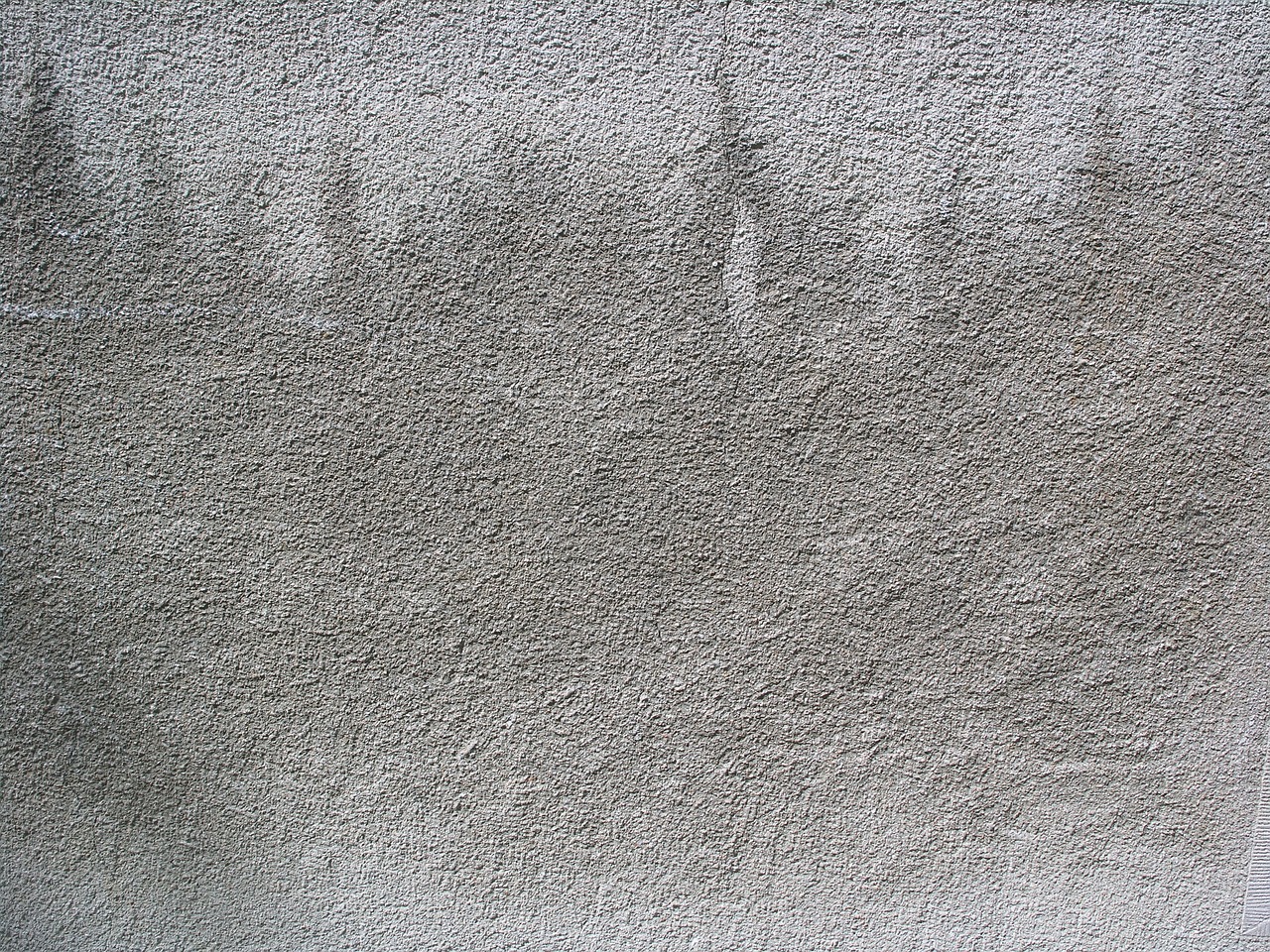
Using Mixed Media
When it comes to creating texture in art, mixed media is like a playground for artists. It allows you to blend various materials and techniques, resulting in a unique surface that can captivate viewers. Imagine combining the smoothness of acrylic paint with the roughness of sand or the shine of metallic leaf. The possibilities are endless! By using mixed media, you can add layers of interest and complexity to your work, making it not only visually appealing but also engaging on a tactile level.
One of the exciting aspects of mixed media is the freedom it offers. You can incorporate items like paper, fabric, or even found objects into your paintings. For instance, adding pieces of old newspapers or textured fabric can create a stunning contrast against a painted background. This layering technique not only enhances the visual appeal but also tells a story, inviting viewers to explore the different elements you've included. Think of your canvas as a stage where each material plays its part, contributing to the overall narrative of your artwork.
To give you a clearer picture, here’s a simple breakdown of materials you might consider when exploring mixed media:
| Material | Effect |
|---|---|
| Acrylic Paint | Vibrant color and versatility |
| Textured Paper | Added depth and interest |
| Sand or Grit | Rough, tactile surface |
| Fabric | Softness and dimension |
| Metallic Leaf | Shimmer and shine |
When you start mixing up your materials, don’t be afraid to experiment! Trial and error can lead to some of the most exciting discoveries in your art. You might find that a splash of color or a new texture can completely transform your piece. The key is to stay open-minded and enjoy the process. Just like a chef who combines unexpected ingredients to create a delicious dish, you too can discover delightful combinations that enhance your artistic expression.
In conclusion, using mixed media is not just about slapping different materials together. It’s about creating a dialogue between the elements, allowing them to interact and elevate your artwork. So grab your supplies, let your creativity flow, and watch as your paintings come to life with rich textures and stories waiting to be told.
- What is mixed media in art? Mixed media refers to the combination of different artistic materials and techniques in a single artwork, allowing for a diverse range of textures and effects.
- Can I use any materials for mixed media? Absolutely! You can use a variety of materials, including paper, fabric, paint, and found objects. Just ensure that they adhere well to your chosen surface.
- How do I start with mixed media? Begin by gathering materials that inspire you. Experiment with layering and combining different textures, and don't be afraid to make mistakes along the way!
- Is there a specific technique for applying mixed media? There’s no one-size-fits-all technique. You can use brushes, palette knives, or even your fingers to apply materials. The key is to explore and find what works best for you.
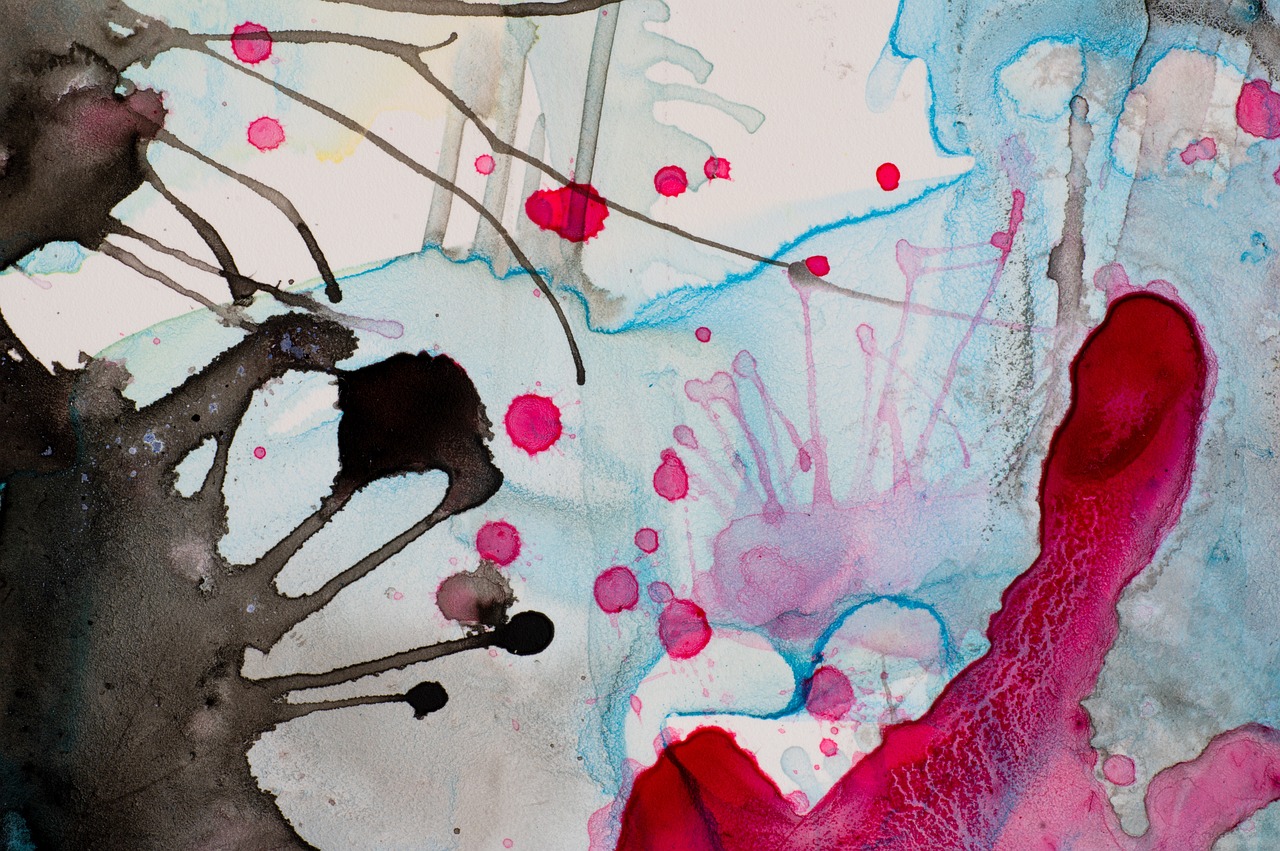
Impasto Technique
The is a fascinating method that can truly transform your paintings into textured masterpieces. Imagine applying thick layers of paint directly onto your canvas, creating a surface that not only catches the light but also invites the viewer to explore the artwork more intimately. This technique is all about boldness and expression, allowing artists to convey emotions and depth in ways that flat paint simply cannot. When you use impasto, you're not just painting; you're sculpting with paint, giving a three-dimensional quality to your work.
One of the most exciting aspects of the impasto technique is its versatility. Artists can utilize various tools and methods to achieve different effects. For instance, you can use a palette knife to apply paint in thick swaths, creating sharp, defined edges that pop off the canvas. Alternatively, a brush can be used to create softer, more blended textures. Each approach can evoke different feelings and responses from your audience. Think of it like cooking; the choice of ingredients and methods can completely change the flavor of the dish!
Additionally, the impasto technique encourages experimentation. You can play with color mixing directly on the canvas, allowing hues to blend and interact in real-time. This spontaneous approach can lead to unexpected and delightful results, much like a jazz musician improvising a solo. The thrill of not knowing exactly how the final piece will turn out can be incredibly liberating for artists. Just remember, the key to mastering impasto lies in the thickness of the paint and the application technique. Too little paint won’t yield the desired texture, while too much can overwhelm the composition.
To give you a clearer idea of how impasto can enhance your artwork, consider the following aspects:
| Aspect | Effect |
|---|---|
| Light Reflection | Thick paint creates highlights and shadows, enhancing the visual dynamics. |
| Physical Interaction | Invites viewers to engage with the artwork, creating a tactile experience. |
| Emotional Impact | Bold textures can evoke strong emotions, making the artwork more compelling. |
In conclusion, the impasto technique is not just a method; it’s a way to breathe life into your paintings. By embracing the thickness and texture of your medium, you can create artworks that resonate on multiple levels. So grab your palette knife, let your creativity flow, and watch as your paintings transform into vibrant, textured experiences that captivate and inspire!
- What materials do I need for the impasto technique? You will need thick oil or acrylic paints, a palette knife, and a sturdy canvas.
- Can I use impasto with watercolors? While it's challenging due to the fluid nature of watercolors, you can achieve a similar effect by layering and using thicker watercolor mediums.
- How can I clean my tools after using impasto? It's best to clean your brushes and palette knives immediately after use with solvent for oil paints or water for acrylics to prevent the paint from drying on them.
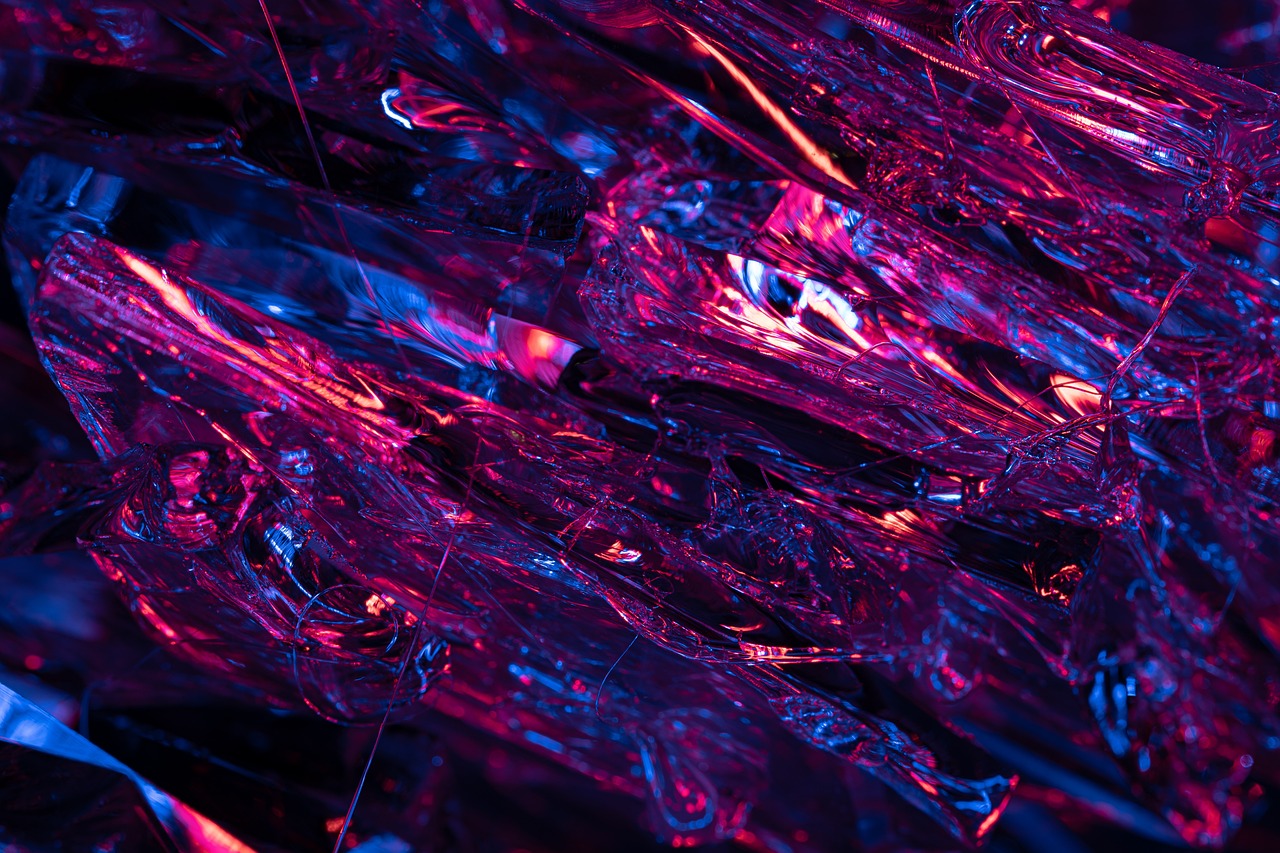
Implied Texture
When we talk about , we're diving into the fascinating world of visual illusions. Unlike actual texture, which you can feel with your fingertips, implied texture is all about what your eyes perceive. It's like a magician's trick, where the artist uses various techniques to create the illusion of texture without physically altering the surface of the canvas. Imagine looking at a painting of a fluffy cloud; you can almost feel its softness just by the way the artist has applied the paint. This is the magic of implied texture!
Artists often employ brushstrokes, color variations, and shading to suggest different textures. For instance, a smooth, blended area might evoke the feel of silk, while a rough, jagged application can suggest something coarse like stone. The beauty of implied texture lies in its ability to engage the viewer's imagination, allowing them to feel the essence of the material without the need for physical interaction. This technique can add a layer of depth and intrigue to your artwork, inviting viewers to explore the nuances of your creation.
One of the most effective ways to achieve implied texture is through the use of color gradients and contrast. By skillfully blending colors or using stark contrasts, you can create the perception of texture. For example, a vibrant orange might be used to suggest the warmth of a sunlit surface, while deep blues can imply the coolness of water. This interplay of colors not only enhances the visual appeal but also evokes emotional responses in the viewers.
Additionally, consider the use of light and shadow. By manipulating light in your painting, you can create depth that tricks the eye into believing there is more to the surface than meets the eye. Shadows can suggest crevices or folds, while highlights can imply smoothness or sheen. This technique can be particularly effective in still life paintings, where the interplay of light can dramatically alter the perceived texture of objects.
To summarize, implied texture is a powerful tool in an artist's arsenal. By mastering the art of suggestion through brushwork, color, and light, you can elevate your paintings to new heights, creating an engaging visual experience that resonates with viewers on a deeper level. So, next time you pick up your brush, think about how you can play with the illusion of texture to bring your artwork to life!
- What is the difference between actual and implied texture?
Actual texture refers to the physical surface quality of a painting, while implied texture is the illusion of texture created through artistic techniques without altering the surface. - How can I practice creating implied texture?
Experiment with brushstrokes, color gradients, and light/shadow effects in your paintings to develop your skills in creating implied texture. - Can implied texture enhance emotional impact in art?
Absolutely! Implied texture can evoke feelings and sensations, making your artwork more relatable and engaging for viewers.
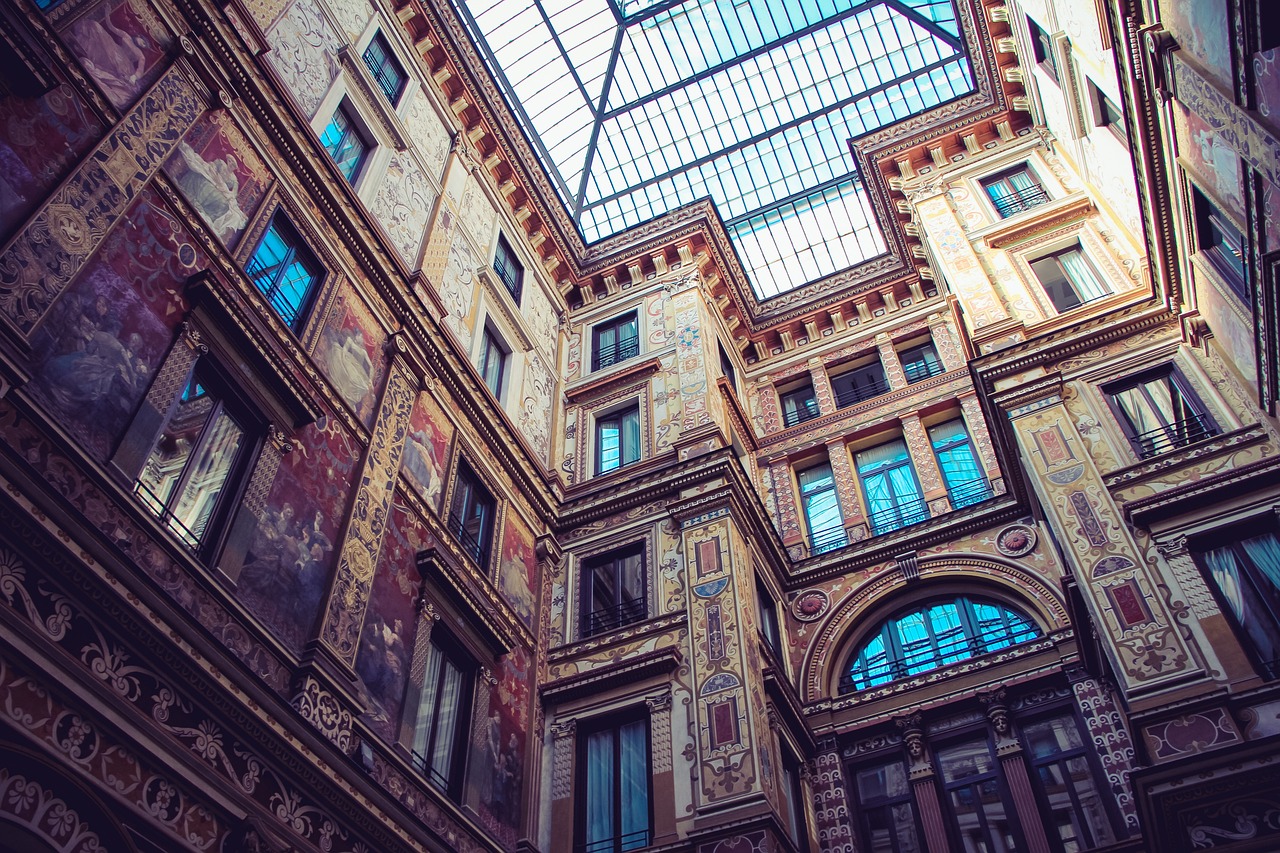
Techniques for Adding Texture
When it comes to adding texture to your paintings, the possibilities are as vast as your imagination. Texture can transform a flat canvas into a dynamic experience that grabs the viewer's attention. By exploring various techniques, you can bring your artwork to life, making it not just a feast for the eyes but also an invitation to touch and interact. So, let’s dive into some fascinating methods that can elevate your artistic expression.
One of the most popular techniques is dry brushing. This method involves using a brush that is relatively dry, meaning it has minimal paint on it. As you sweep the brush across the canvas, it creates a rough, textured effect that can add subtlety and depth to your work. Think of it like lightly dusting powdered sugar on a cake; it enhances the overall look without overwhelming the base. This technique is particularly effective for creating soft textures, such as the appearance of clouds or the delicate surface of a petal.
Another exciting approach is the layering technique. Imagine building a sandwich; each layer adds flavor and complexity. In painting, layering different colors and textures can create a rich, complex surface that draws viewers in. You can start with a base layer and gradually add more colors, textures, or even materials like sand or fabric. This technique encourages experimentation and can lead to unexpected outcomes that add intrigue to your artwork. For instance, layering a glossy medium over a matte paint can create a stunning contrast that catches the light beautifully.
Let’s not forget about the impasto technique, which is all about making a bold statement. By applying thick layers of paint, you create a three-dimensional surface that literally pops off the canvas. This technique can be particularly effective for landscapes or abstract works where you want to convey movement and energy. Just imagine the waves crashing on a shore, each stroke of paint representing the fluidity and power of nature. The impasto technique invites viewers to not only see but also feel the emotion embedded in your artwork.
For those who enjoy a more tactile approach, mixed media offers endless possibilities. By combining various materials, such as paper, fabric, and even found objects, you can create unique surface textures that tell a story. This technique allows your creativity to run wild, as you can incorporate elements that resonate with your personal experiences. Think of it as a collage of emotions, where each piece contributes to the overall narrative of your artwork.
Incorporating texture into your paintings isn't just about aesthetics; it’s about creating an experience. Each technique you choose adds a different layer of meaning and engagement for your audience. Whether you opt for dry brushing to achieve subtlety, layering for complexity, impasto for drama, or mixed media for a unique touch, remember that the key is to experiment and have fun. After all, art is a journey, and texture is one of the many paths that can lead you to new and exciting destinations.
- What is the best technique for beginners to start adding texture?
Dry brushing is a great starting point for beginners as it’s easy to master and offers immediate results. - Can I use household items to create texture?
Absolutely! Many artists use everyday items like sponges, brushes, or even fingers to create unique textures. - How do I know which texture technique to use?
It depends on the effect you want to achieve. Experiment with different techniques to see which one resonates with your artistic vision.
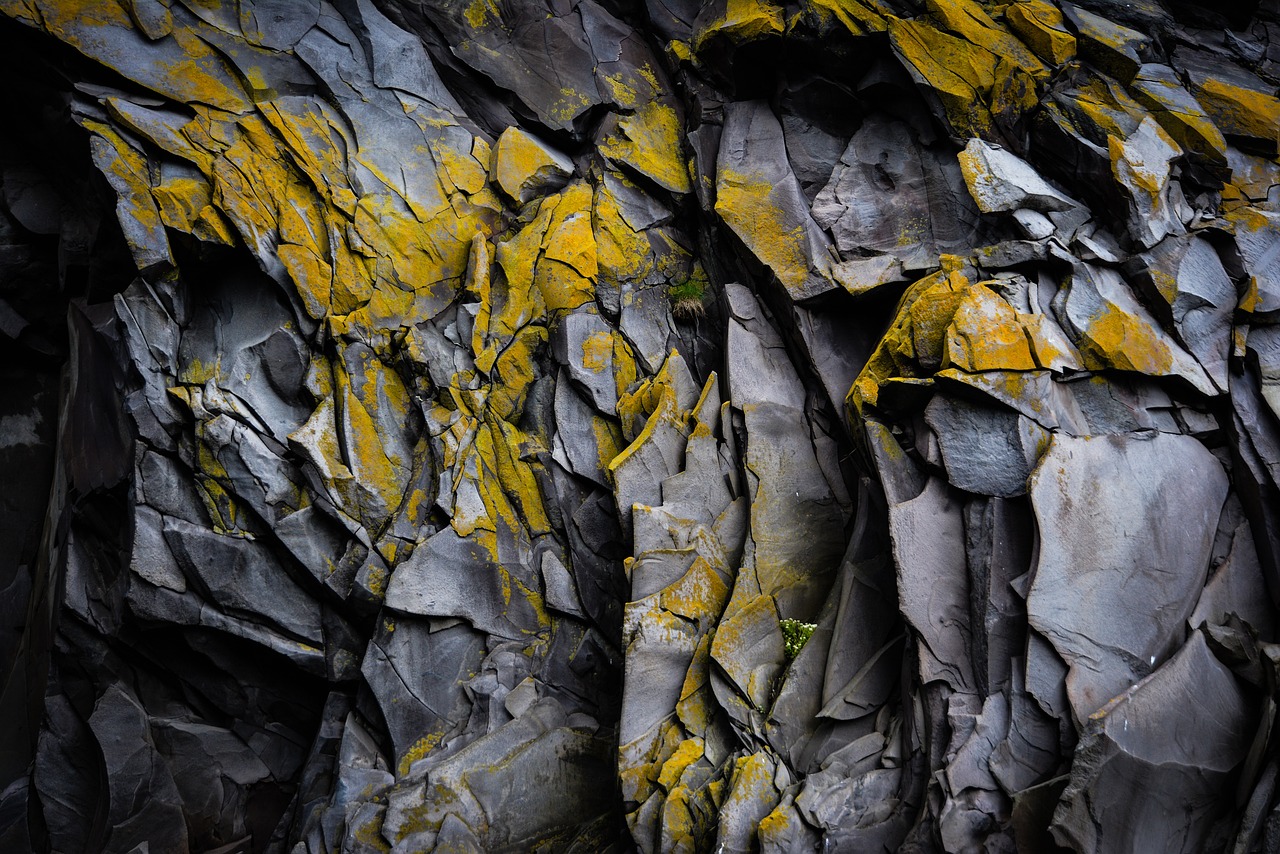
Dry Brushing
Dry brushing is a fascinating technique that can transform your paintings into textured masterpieces. Imagine the sensation of rough surfaces under your fingertips, or the way light dances across uneven paint. This method involves using a dry brush to apply paint onto the canvas, resulting in a unique, textured effect that can add both subtlety and depth to your artwork. It's like creating a whisper of texture that invites viewers to lean in closer, almost as if they can feel the brushstrokes with their eyes.
To effectively use dry brushing, you’ll want to select a brush that has stiff bristles. This choice is crucial because the stiffness helps to create that distinctive, rough texture you’re aiming for. When you dip your brush in paint, make sure to wipe off most of the paint on a paper towel, leaving just a hint on the bristles. This technique is akin to dusting a surface lightly rather than slathering it on—think of it as adding a sprinkle of seasoning to a dish rather than drowning it in sauce.
As you apply the paint, use quick, light strokes across the surface of your painting. The goal here is to allow the underlying colors and textures to peek through, creating a layered effect that draws the eye. You can experiment with different colors and pressures to see how the texture changes, making each piece truly one-of-a-kind. For instance, using a lighter color over a darker base can create a stunning contrast, much like the way a sunrise illuminates a dark landscape.
One of the best things about dry brushing is its versatility. You can use it to create a variety of effects, from soft and subtle to bold and striking. Here are a few ideas to get you started:
- Landscape Textures: Use dry brushing to depict grass, trees, or clouds, adding a sense of realism and depth.
- Abstract Patterns: Experiment with different colors and brush sizes to create dynamic, abstract textures that catch the viewer's eye.
- Highlighting Details: Use dry brushing to highlight specific areas of your painting, drawing attention to the focal points.
Incorporating dry brushing into your artistic repertoire can be a game-changer. It encourages you to break away from traditional methods and embrace a more tactile approach to painting. So grab your brush, let your creativity flow, and see how this delightful technique can breathe new life into your artwork!
Q: What type of paint is best for dry brushing?
A: Acrylic paints are often recommended for dry brushing due to their quick drying time and vibrant colors. However, you can also experiment with oil paints if you prefer a slower drying process.
Q: Can I use dry brushing on any surface?
A: Yes! Dry brushing can be applied to various surfaces, including canvas, wood, and even paper. Just ensure the surface is prepared adequately for the best results.
Q: How do I clean my brush after dry brushing?
A: It’s essential to clean your brush right after use. Rinse it under warm water and use soap to remove any residual paint. For acrylics, make sure to clean it thoroughly to avoid hardening.
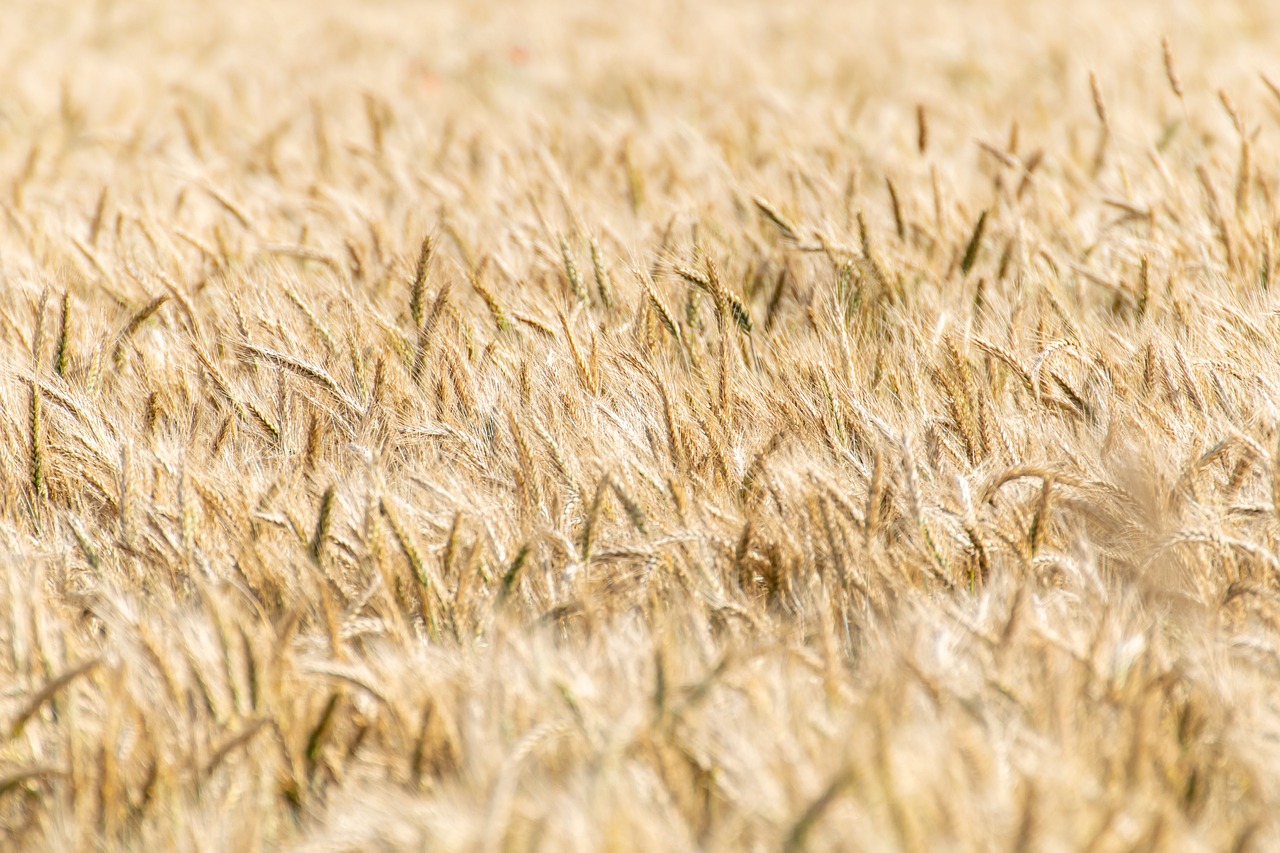
Layering Techniques
This article explores the concept of texture in art, providing insights into its importance and various techniques to incorporate texture into your paintings for enhanced visual interest.
Understanding why texture matters in art can elevate your paintings. Texture adds depth, emotion, and complexity, making your artwork more engaging and inviting to viewers, enhancing their overall experience.
There are various types of texture, including actual and implied texture. Recognizing these types helps artists choose the right approach to create the desired effect in their artwork.
Actual texture refers to the tangible surface quality of a painting. Artists can create actual texture using various materials, adding a three-dimensional aspect that invites touch and interaction.
Mixed media allows artists to combine different materials, creating unique surface textures. This technique can enhance the visual appeal and expressiveness of the artwork, making it stand out.
The impasto technique involves applying thick layers of paint to create a textured surface. This approach adds depth and dimension, making the artwork more dynamic and visually striking.
Implied texture is the illusion of texture created through artistic techniques. Artists can use brushstrokes, color, and shading to suggest texture without physically altering the surface.
There are numerous techniques artists can employ to add texture to their paintings. Exploring these methods can help enhance your artistic expression and elevate your work.
Layering techniques in painting are like building a delicious cake; each layer adds flavor and complexity to the final product. By applying various colors and textures in layers, artists can create a rich, intricate surface that captures the viewer's eye. This technique encourages experimentation, allowing you to mix and match different materials and colors to achieve unexpected results.
For instance, you might start with a base layer of a light wash to establish the background. Once that dries, you can add darker shades or different textures on top, creating depth and contrast. The beauty of layering lies in its versatility; you can use a variety of tools, such as brushes, palette knives, or even sponges, to apply your layers. Each tool gives a unique texture and feel to the artwork.
Here are some key points to consider when experimenting with layering techniques:
- Start with a solid foundation: Ensure your base layer is dry before applying additional layers to prevent muddy colors.
- Experiment with transparency: Use transparent paints or glazes to allow underlying layers to show through, adding complexity.
- Vary your application: Combine different brush strokes, tools, and techniques to create a dynamic surface.
- Consider the drying time: Be mindful of how quickly your paint dries; this can affect how layers interact with each other.
Layering not only enhances the visual appeal of your paintings but also allows for a deeper emotional connection. Each layer can represent a different feeling or idea, contributing to the overall narrative of your artwork. So, don’t be afraid to experiment! Let your creativity flow and see where the layers take you.
Q: What is the best type of paint for layering techniques?
A: Acrylics are often favored for layering due to their quick drying time and versatility, but oils can also be used for a more blended look.
Q: How do I prevent my layers from becoming muddy?
A: Allow each layer to dry completely before adding more paint, and use complementary colors to maintain vibrancy.
Q: Can I layer different mediums?
A: Absolutely! Just ensure that the mediums are compatible and that you allow sufficient drying time between layers.
Frequently Asked Questions
- What is texture in art?
Texture in art refers to the surface quality of a painting, which can be actual (tangible) or implied (illusionary). It plays a crucial role in enhancing the visual interest and emotional impact of the artwork.
- Why is texture important in paintings?
Texture adds depth and complexity to paintings, making them more engaging for viewers. It invites interaction and can evoke emotions, enriching the overall experience of the artwork.
- What are some techniques to create actual texture?
Artists can use techniques like mixed media and the impasto technique to create actual texture. Mixed media involves combining various materials, while impasto involves applying thick layers of paint for a three-dimensional effect.
- How can I achieve implied texture in my paintings?
Implied texture can be achieved using brushstrokes, color variations, and shading techniques. By manipulating these elements, artists can create the illusion of texture without physically altering the surface.
- What is dry brushing and how is it used?
Dry brushing is a technique where a dry brush is used to apply paint, resulting in a rough, textured effect. This method can add subtlety and depth, enhancing the overall texture of the artwork.
- Can layering techniques enhance texture?
Absolutely! Layering different colors and textures can create a rich and complex surface. This experimental approach often leads to unexpected and exciting results in your paintings.



















